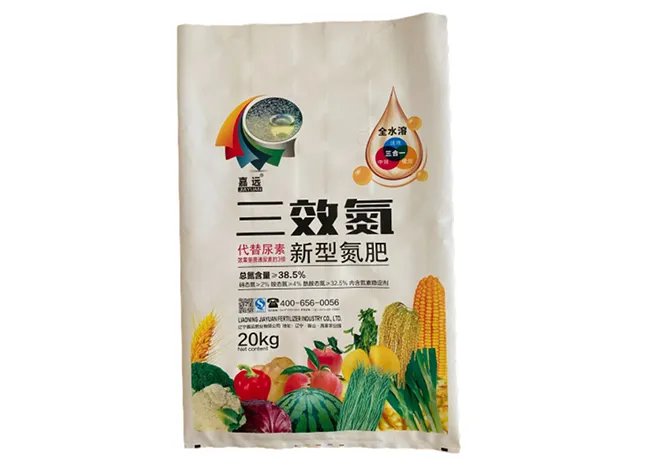In recent years, the importance of eco-friendly practices has significantly permeated various sectors, including the pet food industry. As pet ownership continues to rise, so does the responsibility of pet care brands to provide sustainable solutions that align with environmentally conscious consumers. One pivotal area where these brands can make an impact is through sustainable dog food packaging. By adopting recyclable, biodegradable, and low-carbon footprint materials, companies can substantially reduce their environmental impact while also appealing to a growing segment of eco-aware consumers.

To ensure effective sustainable packaging, manufacturers should prioritize materials that are renewable and have a minimal adverse effect on the environment. Materials such as bioplastics, recycled paper, and plant-based starches offer promising alternatives to traditional plastic packaging. Bioplastics, which are derived from natural sources like corn starch, break down more efficiently than conventional plastics, thus reducing landfill waste. Recycled paper, on the other hand, not only cuts down on virgin material usage but also requires less energy in production processes, making it a highly sustainable option.
The production of sustainable dog food packaging should also incorporate innovative design to extend its functionality and appeal. Using resealable options, for instance, can greatly enhance product freshness and reduce food waste. Transparency in packaging also plays a crucial role in building consumer trust. Packaging that allows pet owners to see the product inside can increase transparency, thus leading to higher consumer satisfaction and loyalty. Brands that openly discuss their packaging choices and sustainability goals can build a more trusting relationship with their consumers.

Implementing a circular economy approach where packaging is designed for reuse and recycling can be highly beneficial. By creating a closed-loop system where packaging materials can be returned and reused, companies can drastically minimize waste and promote sustainability. This model encourages the recovery and recycling of used packaging materials, thus keeping them out of landfills and in circulation for as long as possible.
Retailers and manufacturers should conduct life cycle assessments (LCA) to determine the environmental impact of packaging throughout its life span. This evaluation can help identify areas where reductions in carbon footprints can be achieved. By sharing these results with consumers, brands can establish authority and credibility within the market as leaders in sustainable practices.
sustainable dog food packaging
In terms of product performance, sustainable dog food packaging must not compromise on quality. It is essential that the integrity of the product is maintained in eco-friendly packaging solutions to ensure consumer acceptance. Advanced barrier technologies are currently being explored to ensure that environmentally friendly materials can provide similar protective qualities to traditional packaging, safeguarding the freshness and nutritional content of dog food.
The transition to sustainable packaging must also be economically viable. Companies need to ensure that switching to eco-friendly packaging does not cause a drastic increase in consumer prices, which could deter purchasing decisions. Strategic partnerships and investments in sustainable technologies can reduce production costs while maintaining competitiveness in the market. Educating consumers on the long-term environmental and economic benefits of sustainable packaging can also drive acceptance and demand.
Brands must not underestimate the power of clear and truthful communication regarding their sustainability efforts. Labels and certifications such as FSC (Forest Stewardship Council) or the recycling logo can enhance credibility. Transparency about the materials and processes involved in the packaging can foster consumer loyalty and trust. Furthermore, integrating QR codes that direct consumers to more detailed information about the brand’s sustainability initiatives can engage and educate consumers on environmental responsibility.
Ultimately, the shift toward sustainable dog food packaging is not just a trend, but a necessary evolution within the industry to address environmental challenges. By aligning business practices with consumer values, brands can take a leadership stance in promoting green initiatives and establishing themselves as responsible, eco-conscious market leaders. Sustainable packaging not only helps to protect the planet but also resonates with the ethos of today's informed consumers who are making choices rooted in progressive and environmentally sound principles. With innovative materials, smart design, clear communication, and life cycle assessments, dog food manufacturers can successfully implement modern sustainable packaging solutions that meet both environmental and consumer demands.